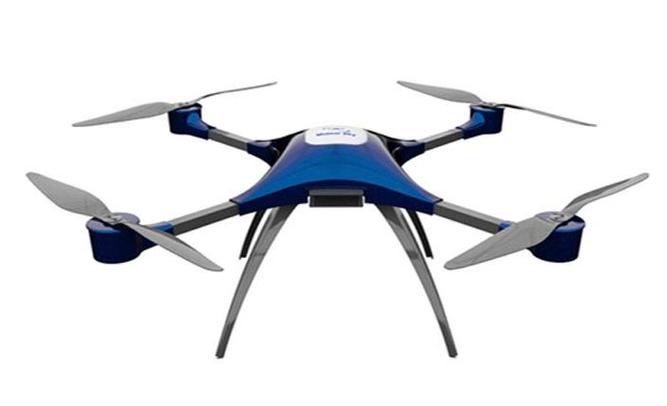The world of UAS drone technology is evolving rapidly, presenting unprecedented advancements that are reshaping industries globally. Unmanned Aerial Systems (UAS), commonly known as drones, are no longer limited to recreational uses; they have penetrated commercial sectors, providing innovative solutions in areas such as agriculture, real estate, logistics, and even emergency services. In this article, we’ll dive deep into the latest innovations in UAS drone technology and the potential these advancements hold for the future.
Cutting-edge UAS Drone Innovations
The capabilities of drones have expanded remarkably. One of the most significant advancements is the integration of Artificial Intelligence (AI) into UAS frameworks. AI-equipped drones can now analyze data in real-time, enabling smart decision-making processes that enhance operational efficiency. For example, in agriculture, drones with AI technology can monitor crop health with precision, identifying areas that require water or fertilizer without human intervention.
Moreover, the development of sophisticated sensors has revolutionized data collection. Multi-spectral sensors, LIDAR, and high-resolution cameras enable drones to capture detailed images and gather information that would be impossible to obtain from ground-level observation. These sensors facilitate functionalities like mapping, environmental monitoring, and inspection of infrastructure, proving indispensable in sectors such as construction and environmental science.
The Rise of Drone Autonomy
Autonomous drones represent another breakthrough in UAS technology. Unlike traditional drones, which require constant human input, autonomous drones are capable of performing tasks independently. With GPS and advanced flight control systems, these drones navigate themselves over predefined routes, conducting tasks with minimal human oversight. In logistics, autonomous drones are being deployed for last-mile delivery, efficiently transporting packages to hard-to-reach locations.
In addition to their autonomy, drone swarming is a concept gaining traction. Swarming enhances efficiency by enabling multiple drones to work together, communicating and coordinating actions in real-time. This technology is particularly useful in military applications and disaster management, where swift situational awareness and coordinated efforts are crucial.
Sustainability and UAS Drone Tech
The push towards sustainability in tech extends to UAS drones as well. Energy-efficient drones powered by solar or electric batteries are being developed to reduce carbon footprints and foster environmental responsibility. Solar-powered drones, for instance, have the potential to stay airborne longer with minimal energy consumption, ushering changes in how aerial surveying is conducted in remote areas.

Challenges and Future Prospects
While the advancements are promising, several challenges remain. Privacy concerns, airspace regulations, and safety standards are critical issues that continue to impact drone deployment. Furthermore, cybersecurity threats pose risks as the connectivity of drones increases. Industry leaders and policymakers are working to address these concerns through improved regulations and innovative security solutions.
The future of UAS drone technology is bright, with ongoing research poised to unlock further possibilities. Continued advancements in AI, machine learning, and battery technology will propel drones towards becoming an integral part of everyday operations across various industries.
Frequently Asked Questions
Q1: What industries benefit most from UAS drone technology?
A1: Industries such as agriculture, logistics, real estate, environmental monitoring, and emergency services benefit immensely from UAS drone technology due to enhanced efficiency and data precision.
Q2: Are there legal concerns with drone usage?
A2: Yes, regulations concerning privacy, airspace control, and safety standards are continually evolving to accommodate the expanding use of drones across different sectors.
Q3: What is drone swarming?
A3: Drone swarming involves multiple drones working in unison, communicating and coordinating to complete tasks efficiently, which is particularly advantageous in military operations and disaster response scenarios.